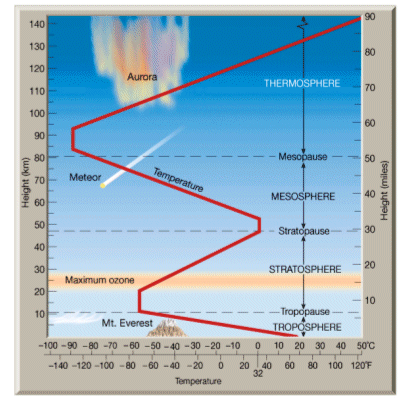

At these depths, therefore, mantle rock is either very nearly melted or partially melted. Within the depth interval between 100 and 250 km, the temperature curve comes very close to the melting boundary for dry mantle rock. LVZ= low-velocity zone įigure 9.11 shows a typical temperature curve for the upper 500 km of the mantle, in comparison with the melting curve for dry mantle rock. įigure 9.11 Rate of temperature increase with depth in Earth’s upper 500 km, compared with the dry mantle rock melting curve (red dashed line). Our understanding of the temperature gradient comes from seismic wave information and knowledge of the melting points of Earth’s materials. Temperature increases to the right, so the flatter the line, the steeper the temperature gradient. Figure 9.10 Generalized rate of temperature increase with depth within Earth. Gradients are lowest in the central parts of continents, higher in the vicinity of subduction zones, and higher still at divergent boundaries. The temperature gradient within the lithosphere (upper 100 km) is quite variable depending on the tectonic setting. The temperature is around 1000☌ at the base of the crust, around 3500☌ at the base of the mantle, and around 5,000☌ at Earth’s centre.

The temperature gradient is around 15° to 30☌/km within the upper 100 km it then drops off dramatically through the mantle, increases more quickly at the base of the mantle, and then increases slowly through the core. However, as shown in Figure 9.10, that rate of increase is not linear. As we’ve discussed in the context of metamorphism, Earth’s internal temperature increases with depth.


 0 kommentar(er)
0 kommentar(er)
